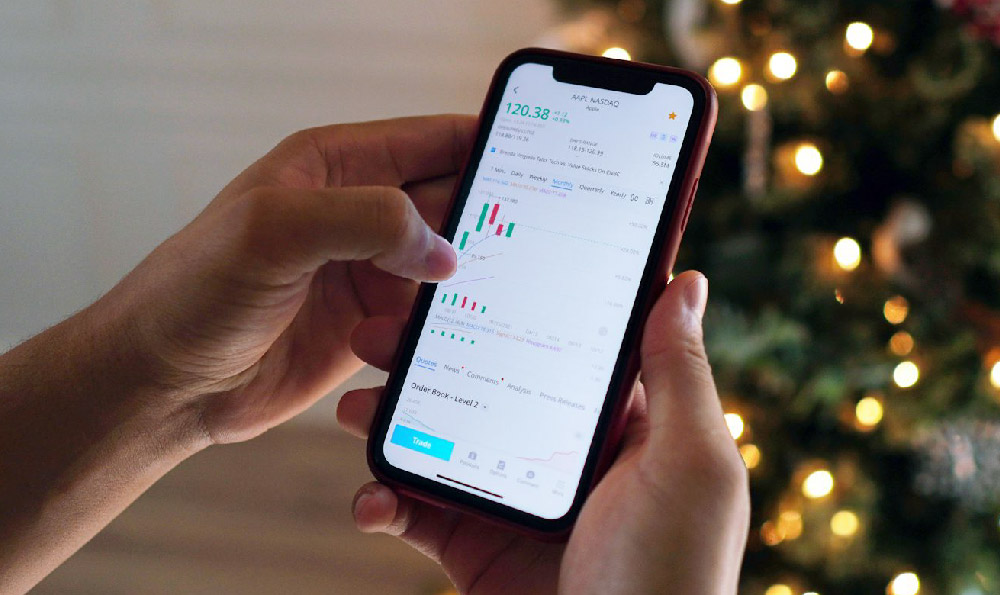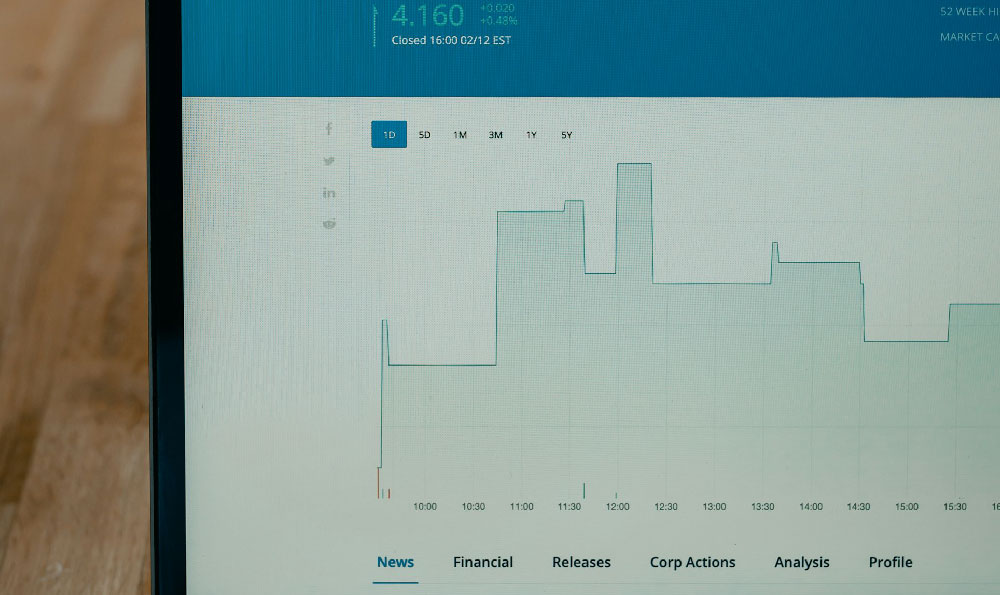The allure of earning a living (or at least supplementing your income) by creating content on YouTube is undeniable. But transforming that dream into reality requires understanding the platform's monetization rules and grasping the potential earnings. While the image of instant riches might spring to mind, the path to profitable YouTube content creation is often paved with patience, consistency, and a strategic understanding of the monetization landscape.
The primary gateway to YouTube monetization is the YouTube Partner Program (YPP). To be eligible for the YPP and start generating revenue through advertisements displayed on your videos, you need to meet specific criteria. This isn't just about racking up subscribers; it's about building a legitimate and engaged audience. The current requirements are: having at least 1,000 subscribers and accruing 4,000 valid public watch hours within the past 12 months. These thresholds act as a safeguard, ensuring that only channels with genuine audiences and consistent content qualify for monetization. YouTube aims to partner with creators who contribute positively to the platform and adhere to its community guidelines.
Reaching 1,000 subscribers is a significant milestone, representing a dedicated community who find value in your content. The 4,000 watch hours demonstrate that your videos are engaging and capable of retaining viewers' attention. Meeting these requirements signals to YouTube that your channel is worth investing in through advertisement opportunities. Once you meet these criteria, you can apply to the YPP. YouTube will review your channel to ensure it adheres to their monetization policies, ad guidelines, and community guidelines. This review process can take some time, so it's crucial to ensure your content is compliant before applying.

Beyond subscriber count and watch hours, several factors impact your earnings. It's important to understand that monetization isn't just a numbers game; it's a multifaceted equation that involves audience demographics, content niche, and engagement levels.
One of the most crucial metrics influencing your YouTube earnings is the Cost Per Mille (CPM) and Revenue Per Mille (RPM). CPM represents the amount advertisers pay for one thousand ad impressions. However, creators don't receive the entire CPM; instead, YouTube takes a percentage. RPM, on the other hand, reflects the actual revenue a creator earns for every thousand video views after YouTube's cut.
CPM and RPM vary significantly depending on several factors. These include the geographic location of your audience. Advertisers are typically willing to pay more for viewers in countries with higher purchasing power. For example, a channel with a primarily US-based audience might have a higher CPM than a channel with a primarily Indian audience. The content niche also plays a crucial role. Channels focused on finance, business, or technology often command higher CPMs because advertisers are willing to pay more to reach affluent audiences interested in these topics. Controversial or sensitive topics may result in lower CPMs, as advertisers often avoid associating their brands with potentially harmful or offensive content.
Audience engagement, measured by metrics such as like-to-view ratio, comment activity, and average view duration, also influences your channel's attractiveness to advertisers. Videos with high engagement signal to YouTube that your audience is actively interested in your content, increasing the likelihood of higher CPMs. Longer videos generally offer more opportunities for ad placements, potentially leading to higher revenue.
The type of ads displayed on your videos also impacts earnings. There are various ad formats, including display ads, overlay ads, skippable video ads, non-skippable video ads, bumper ads, and sponsored cards. Skippable and non-skippable video ads tend to generate higher revenue than display or overlay ads. The placement and frequency of ads are also critical. Too many ads can deter viewers, leading to lower watch times and ultimately reduced revenue. Finding the right balance is essential.
Estimating exact earnings is nearly impossible without knowing the specific details of a channel. However, a rough estimate is that you might earn anywhere from $1 to $10 per 1,000 views. A channel with 100,000 views per month might earn between $100 and $1,000. These figures are highly variable and should be viewed as general approximations.
Beyond ad revenue, YouTube offers other avenues for monetization. Channel memberships allow viewers to support creators directly by paying a recurring fee for exclusive content and perks. Super Chat and Super Stickers enable viewers to highlight their messages during live streams by paying a fee. Merchandise shelves allow creators to sell branded products directly on their YouTube channel. Affiliate marketing involves promoting products or services in your videos and earning a commission on sales generated through your affiliate links. Sponsorships involve partnering with brands to promote their products or services in your videos in exchange for payment. Exploring these alternative monetization strategies can significantly increase your overall earnings potential.
Building a successful and profitable YouTube channel requires a long-term strategy and dedication. Focus on creating high-quality, engaging content that resonates with your target audience. Consistently upload new videos to keep your audience engaged and attract new viewers. Promote your channel on other social media platforms to expand your reach. Engage with your audience by responding to comments and creating a community around your channel. Analyze your channel's analytics to understand what's working and what's not, and adjust your strategy accordingly. Stay updated with YouTube's policies and guidelines to ensure your channel remains compliant. Building a sustainable revenue stream on YouTube takes time and effort, but with a strategic approach and consistent execution, it's certainly achievable. Remember that genuine connection with your audience and providing valuable content is the foundation for long-term success on the platform.












